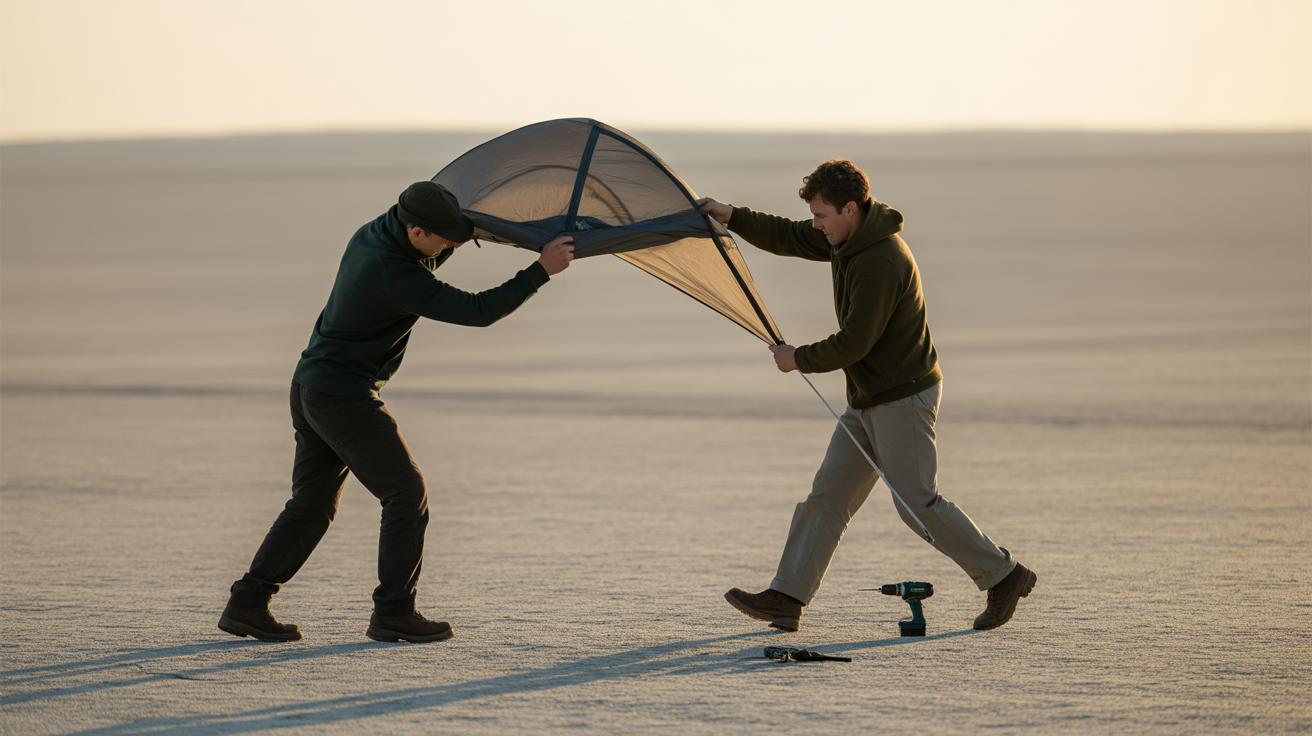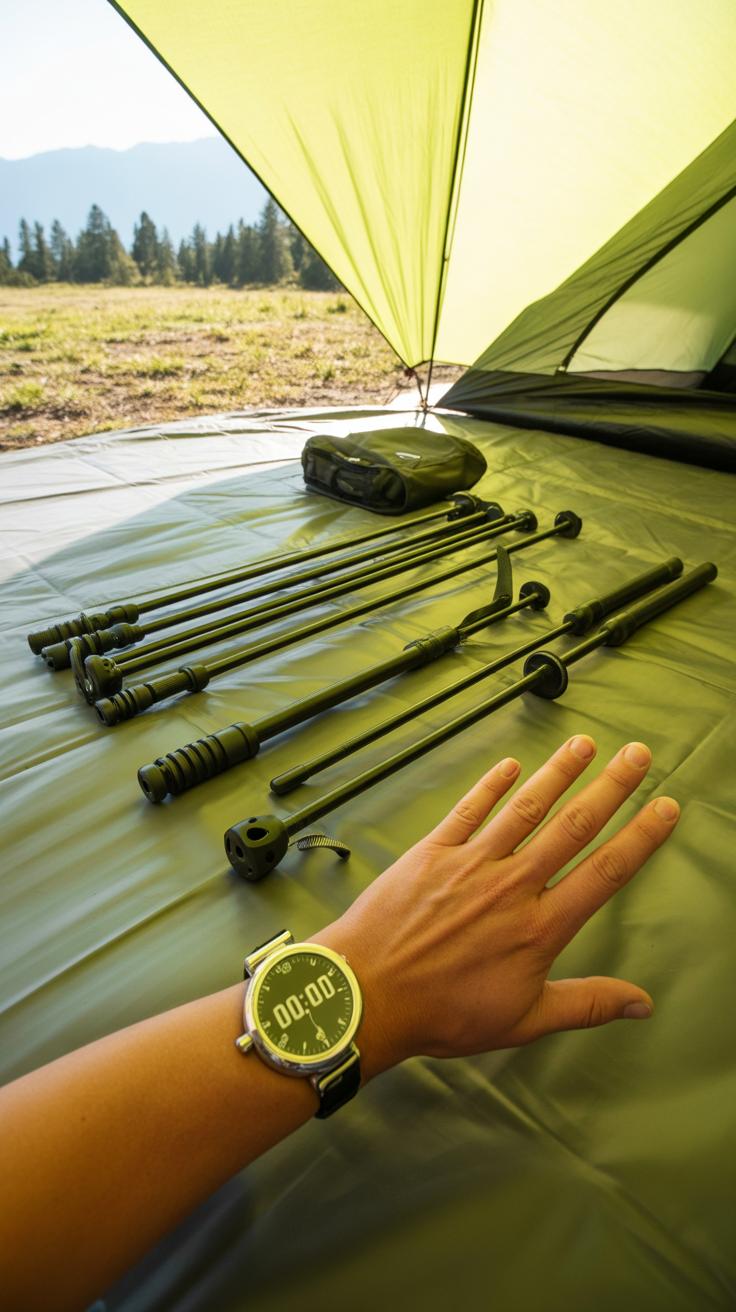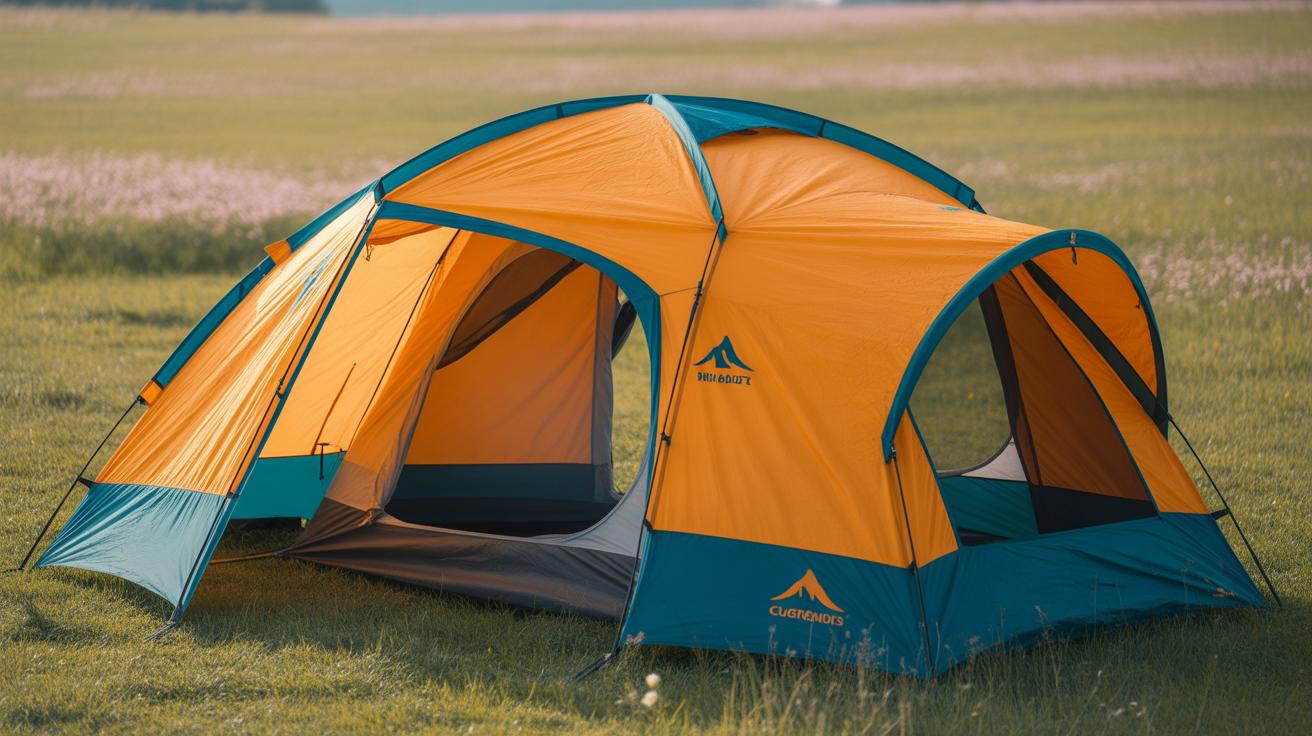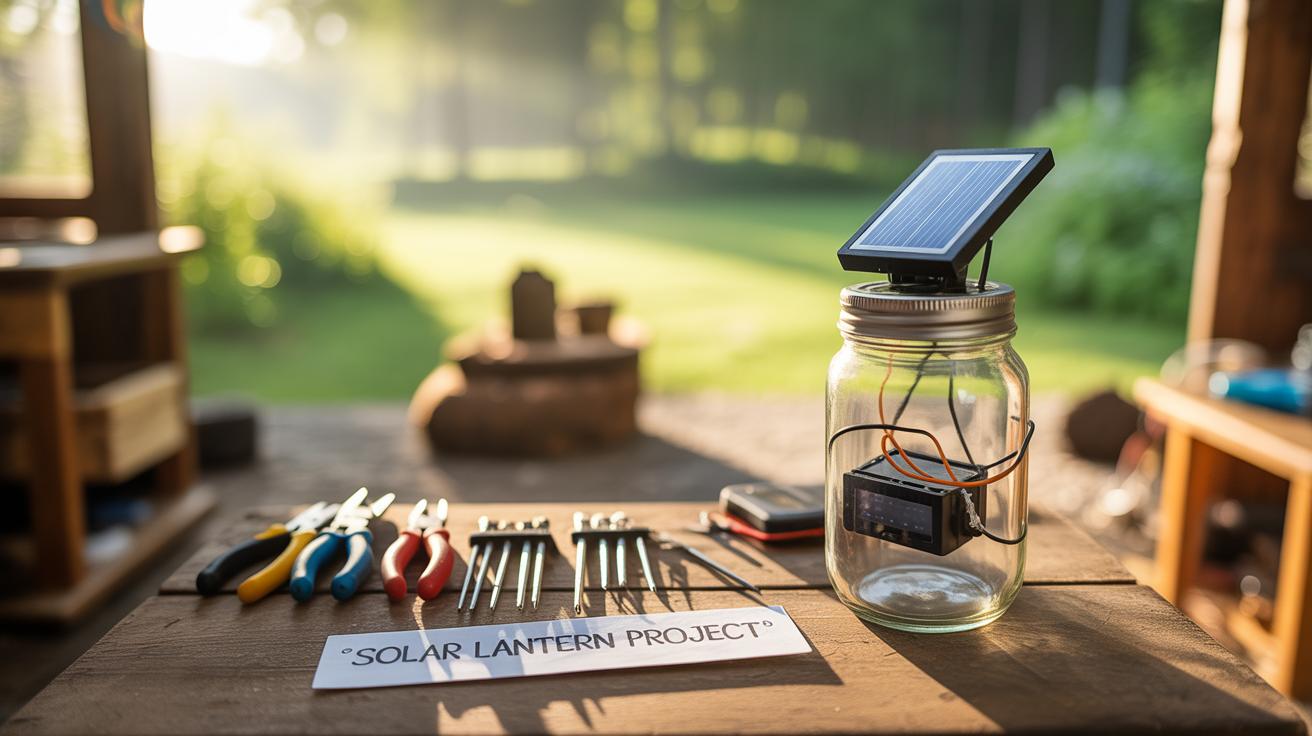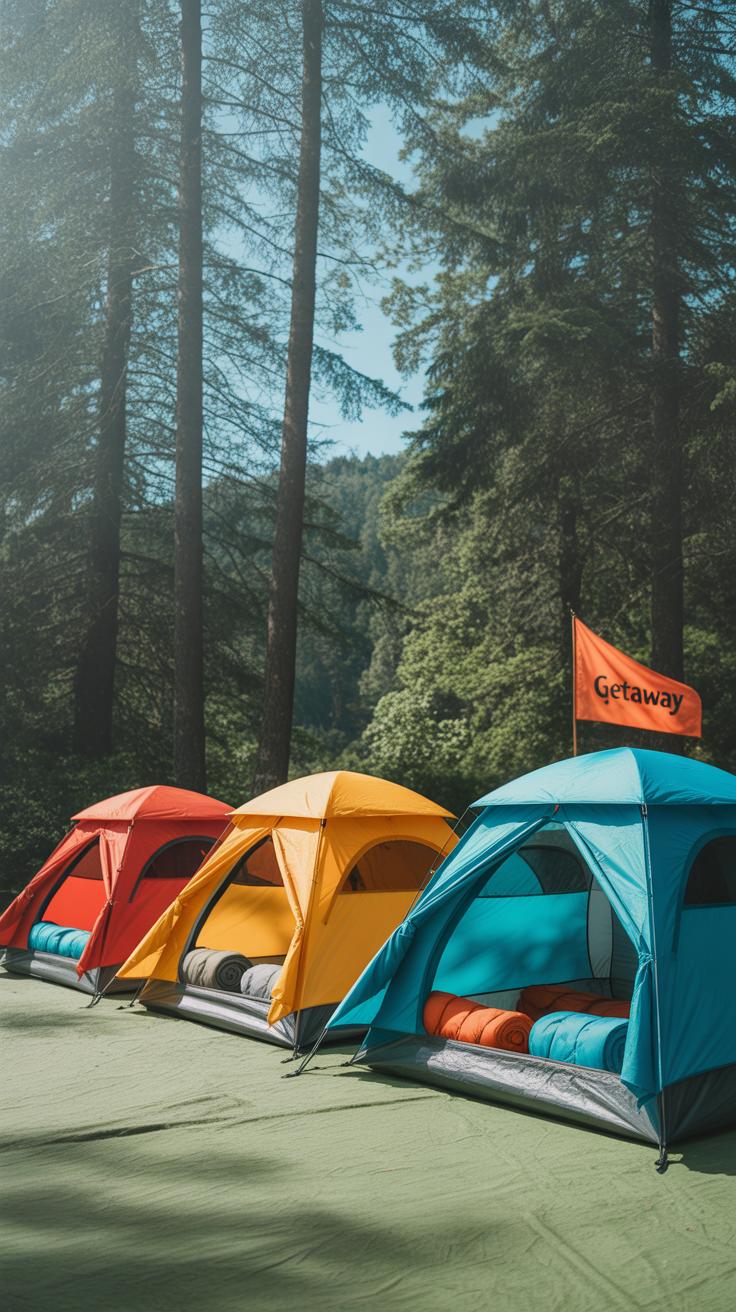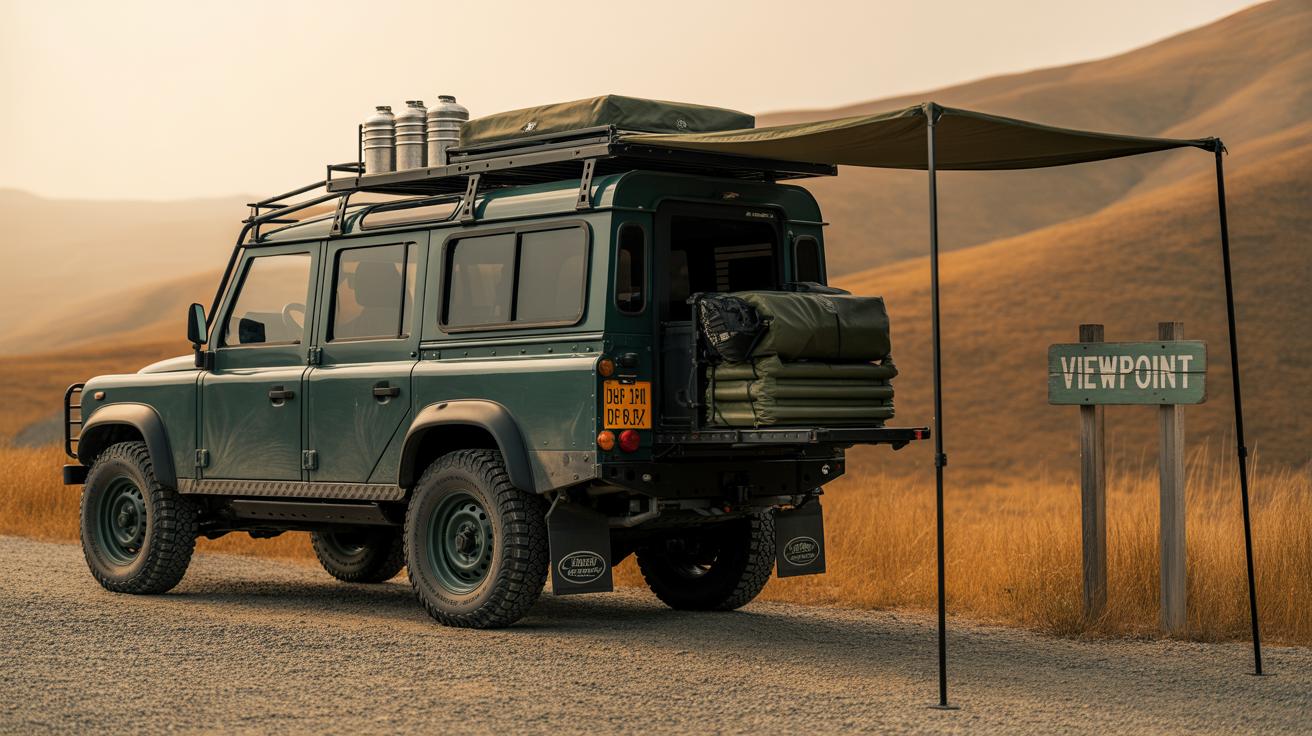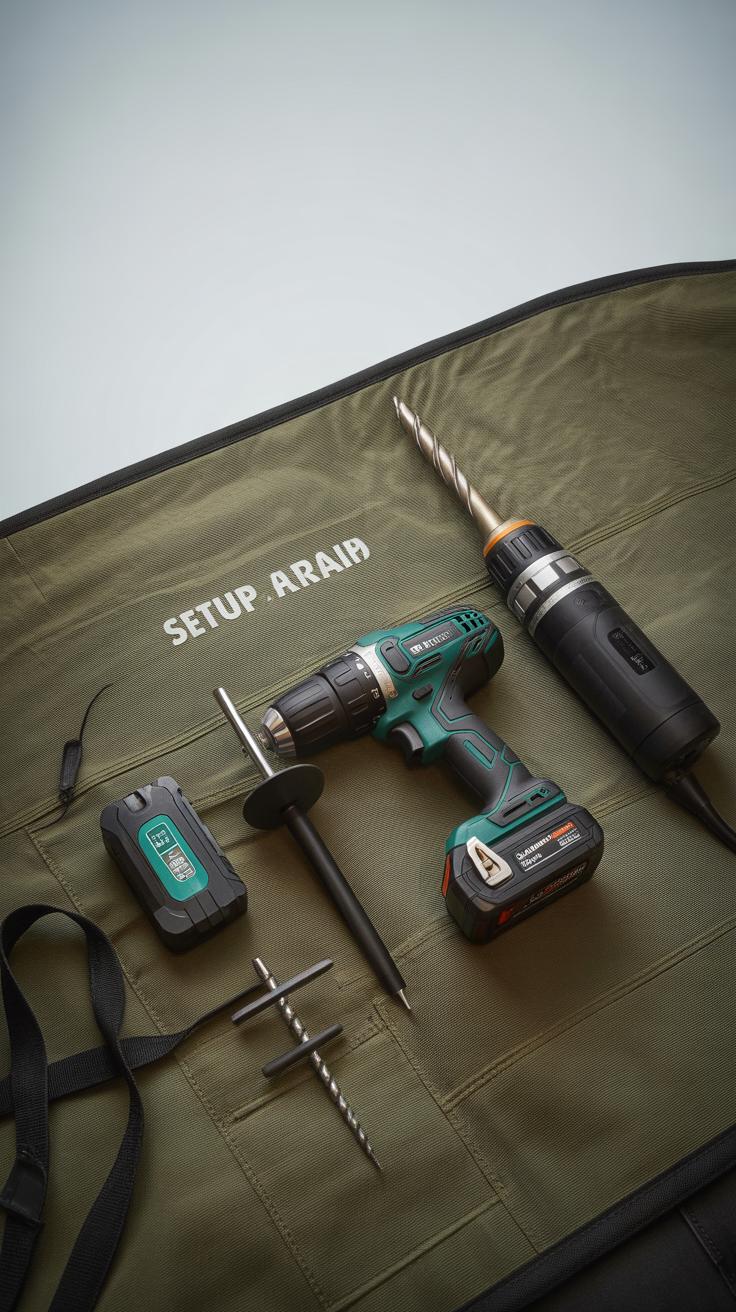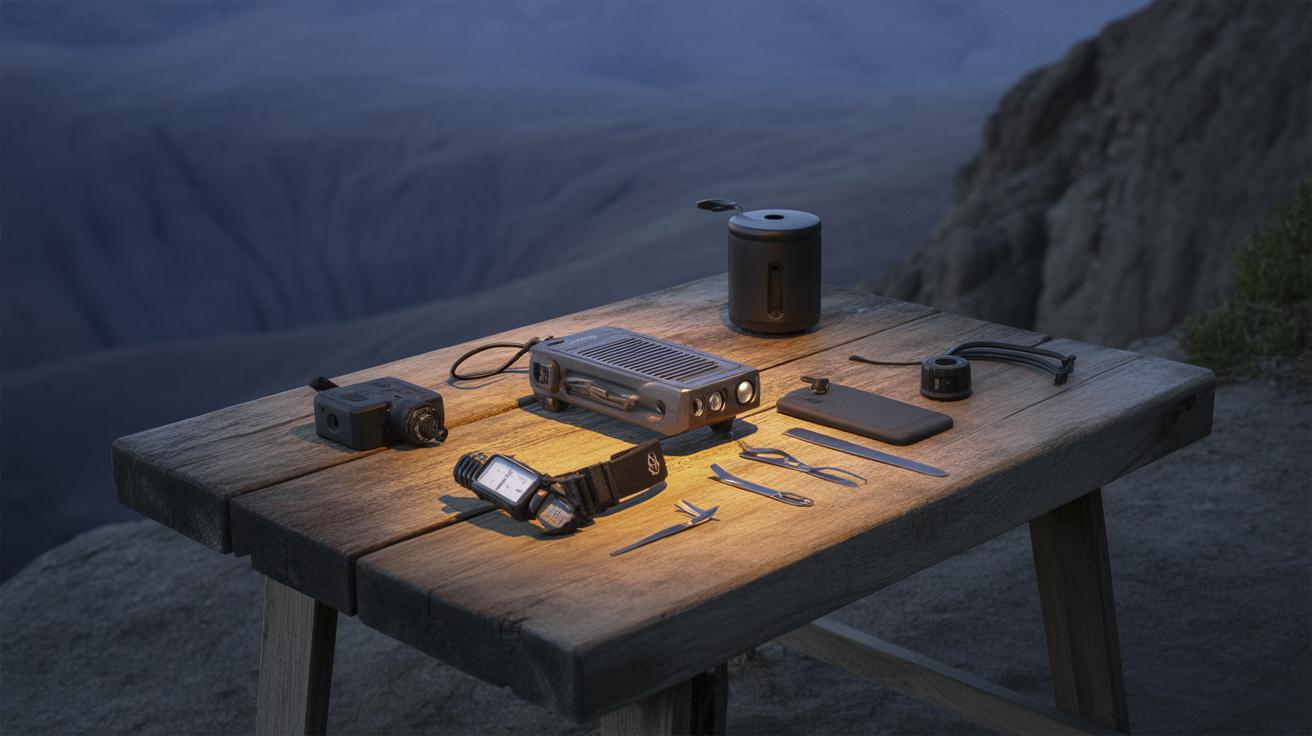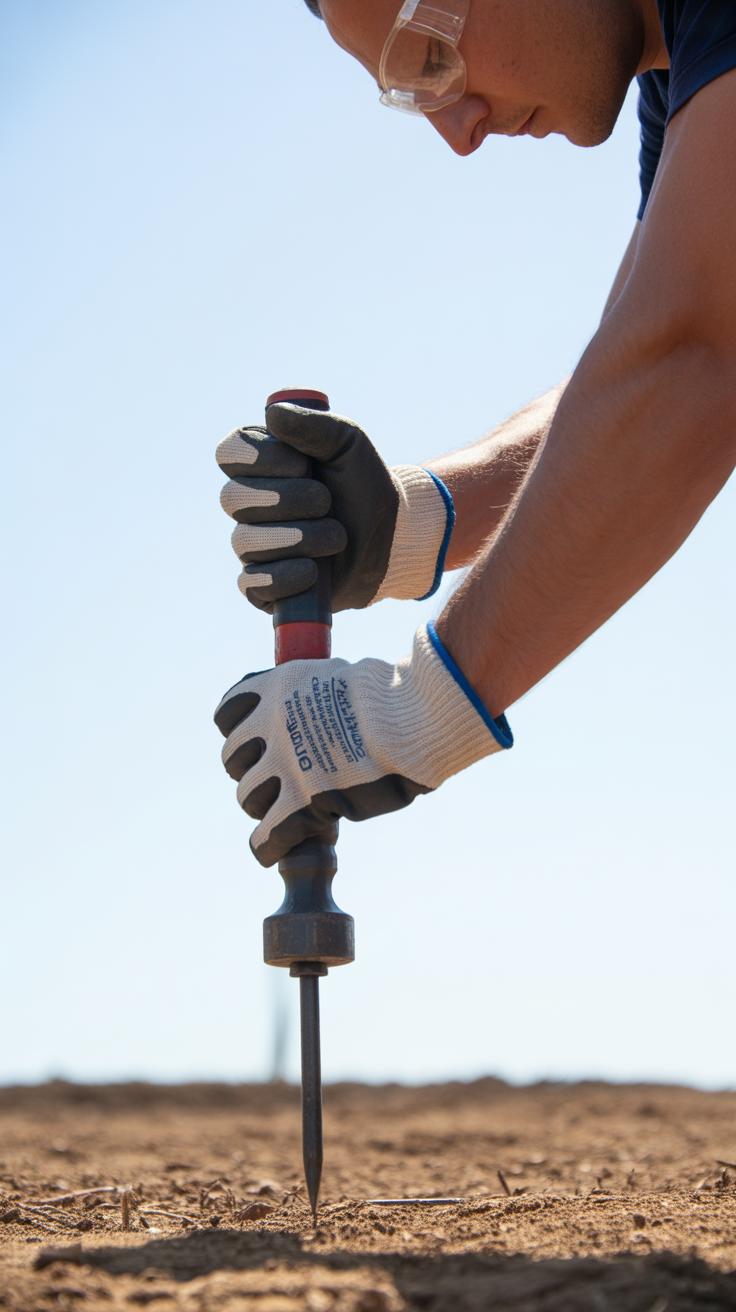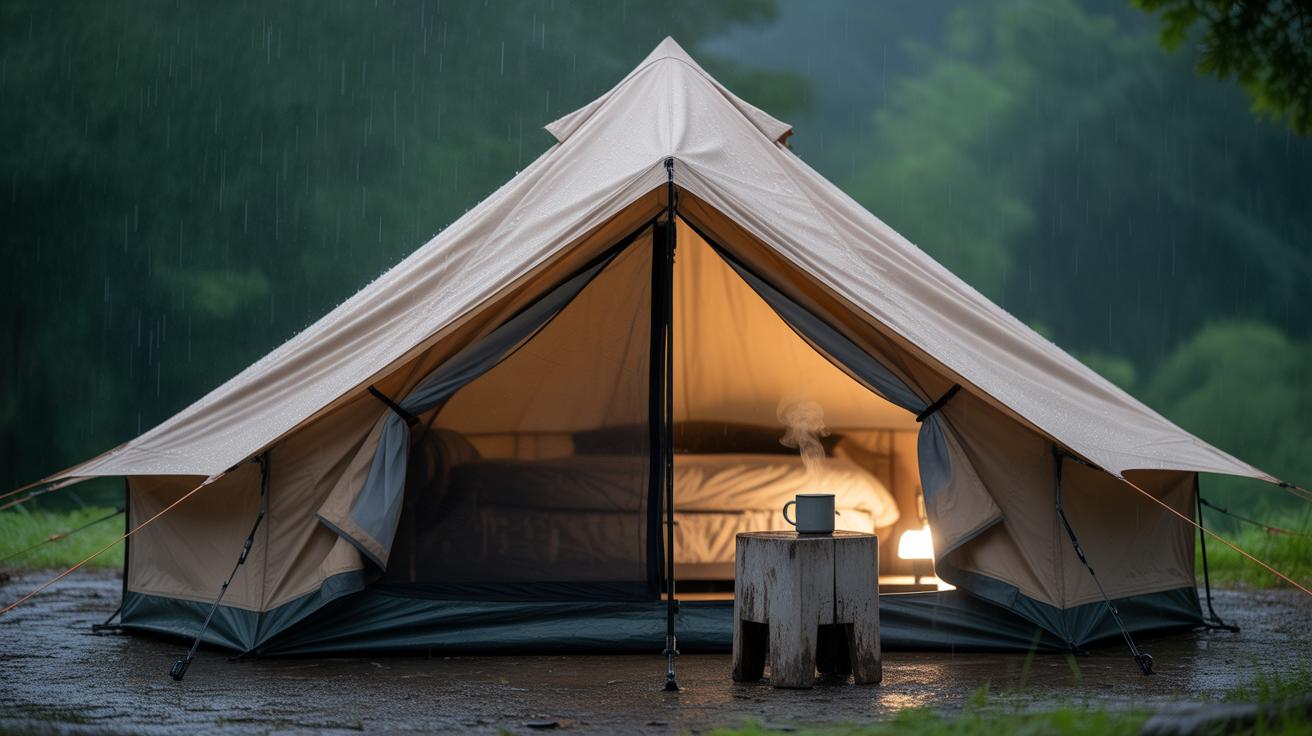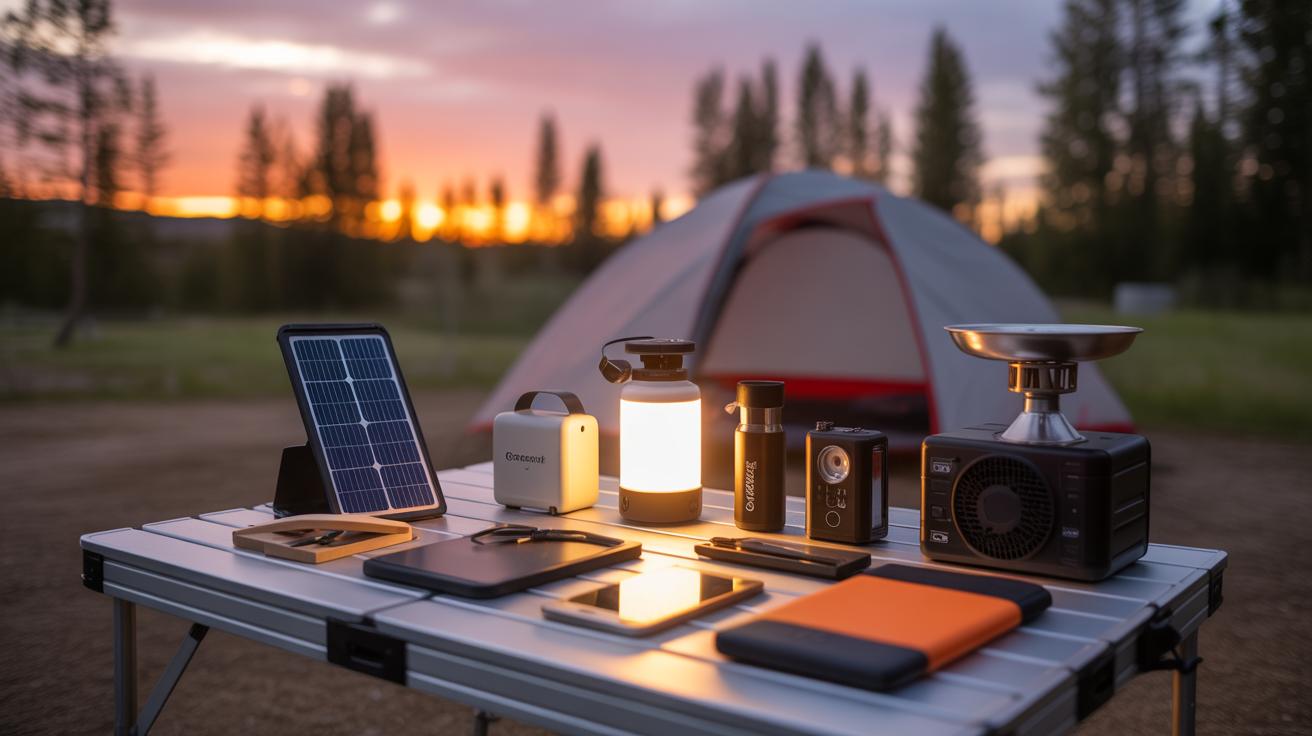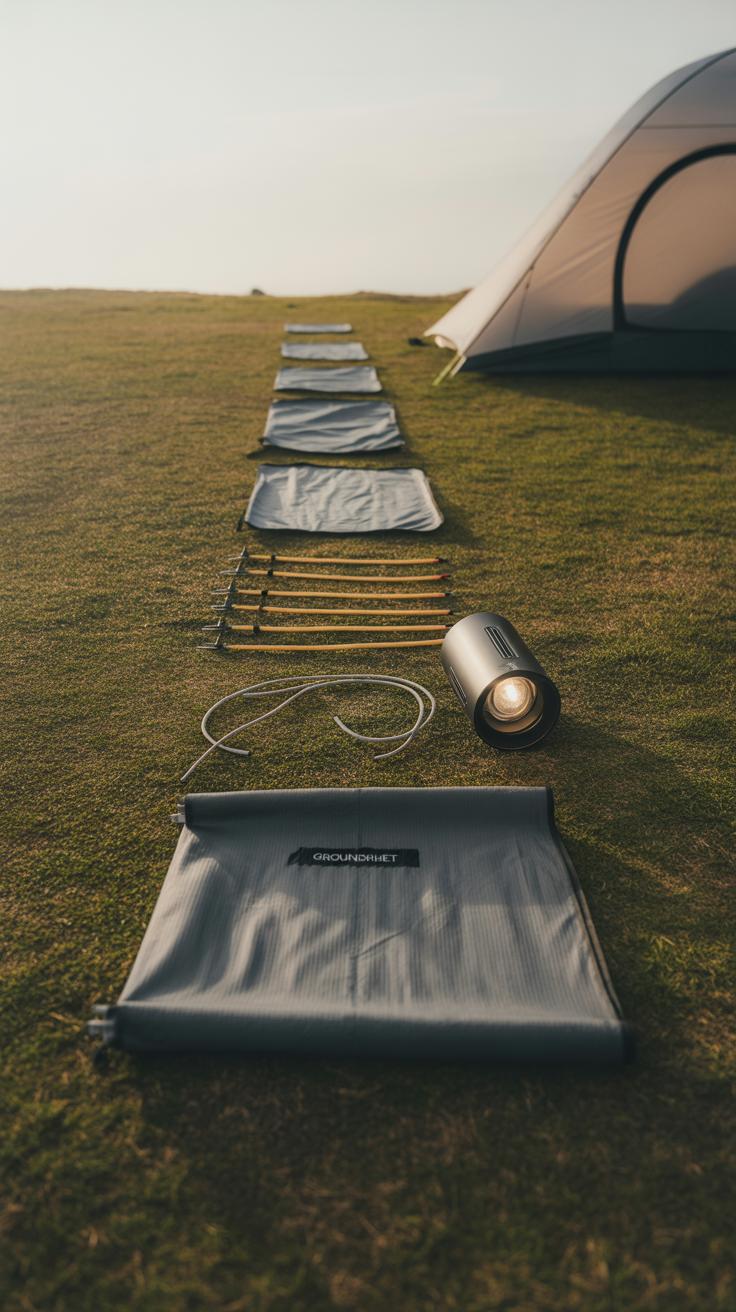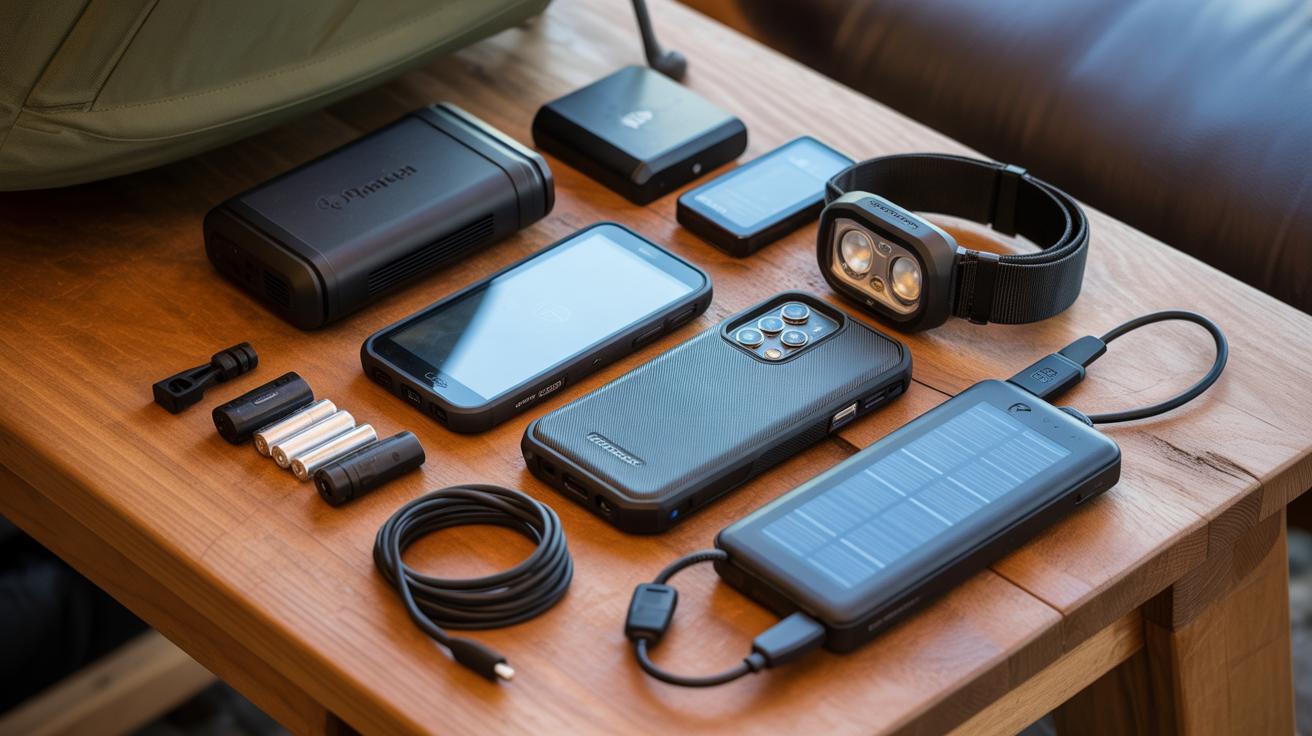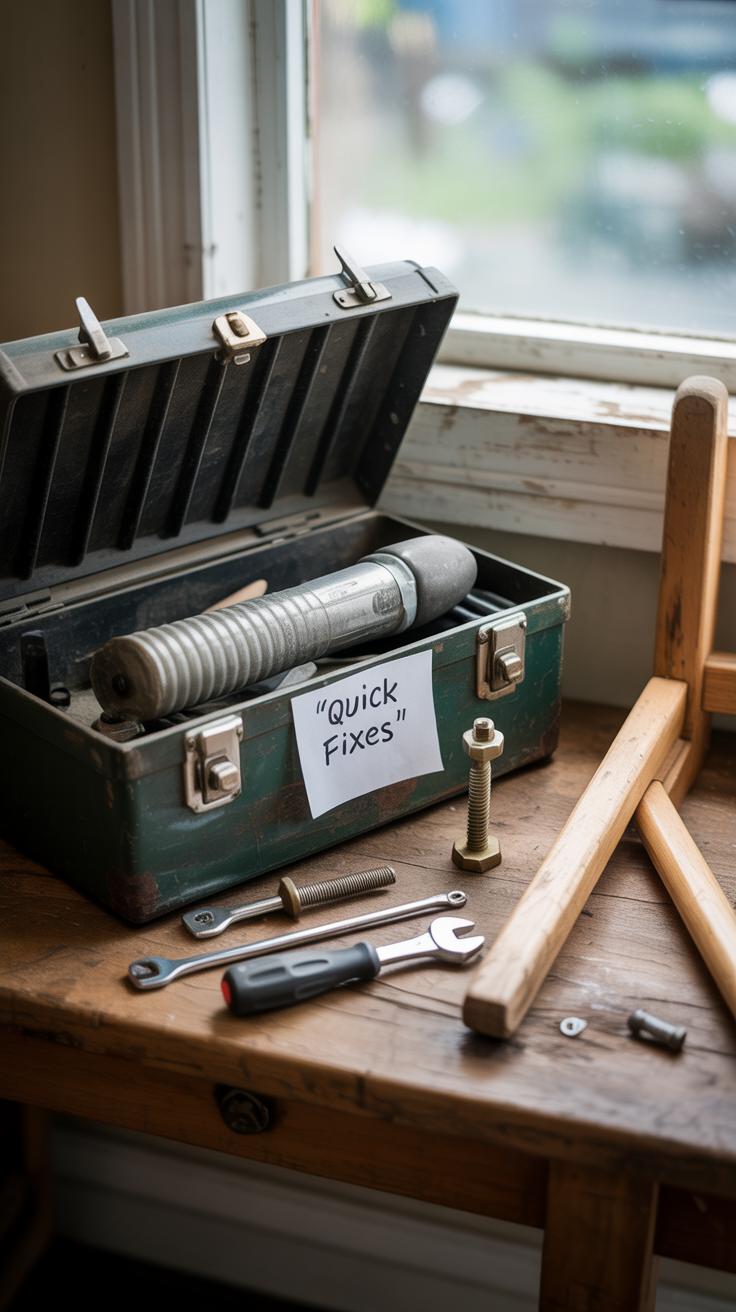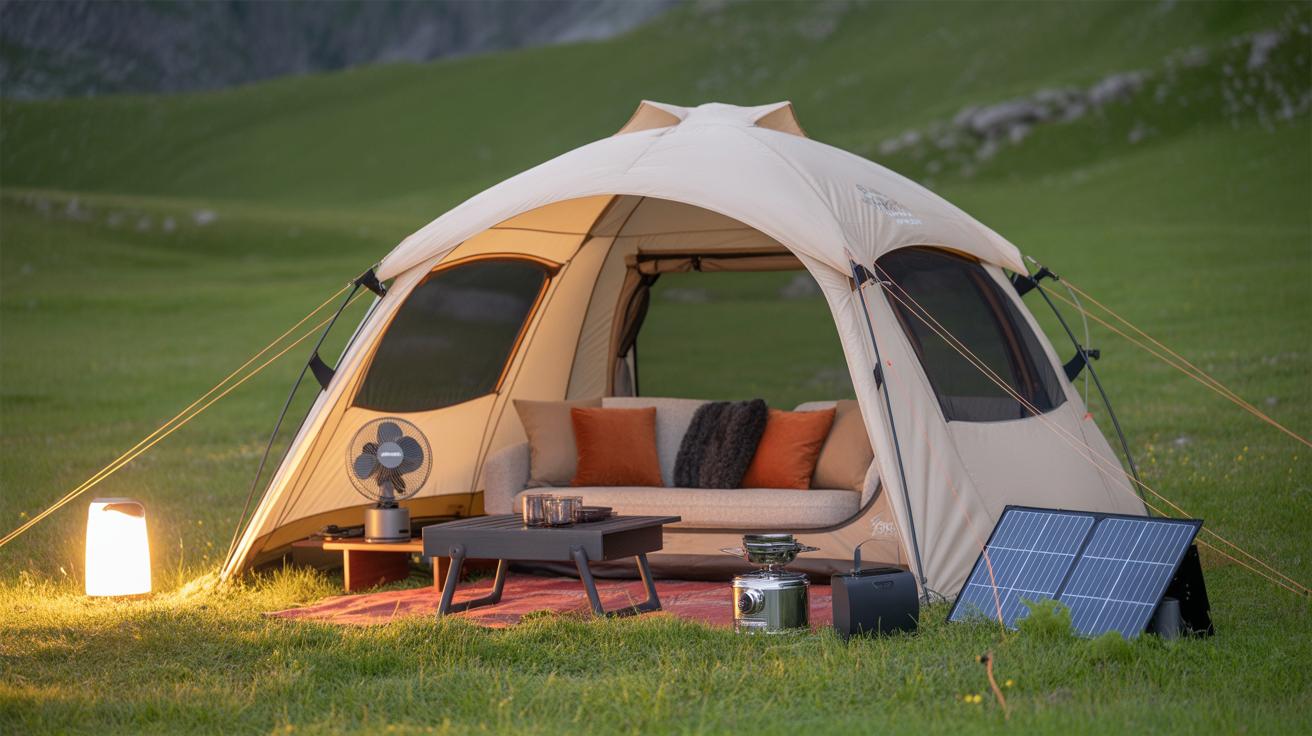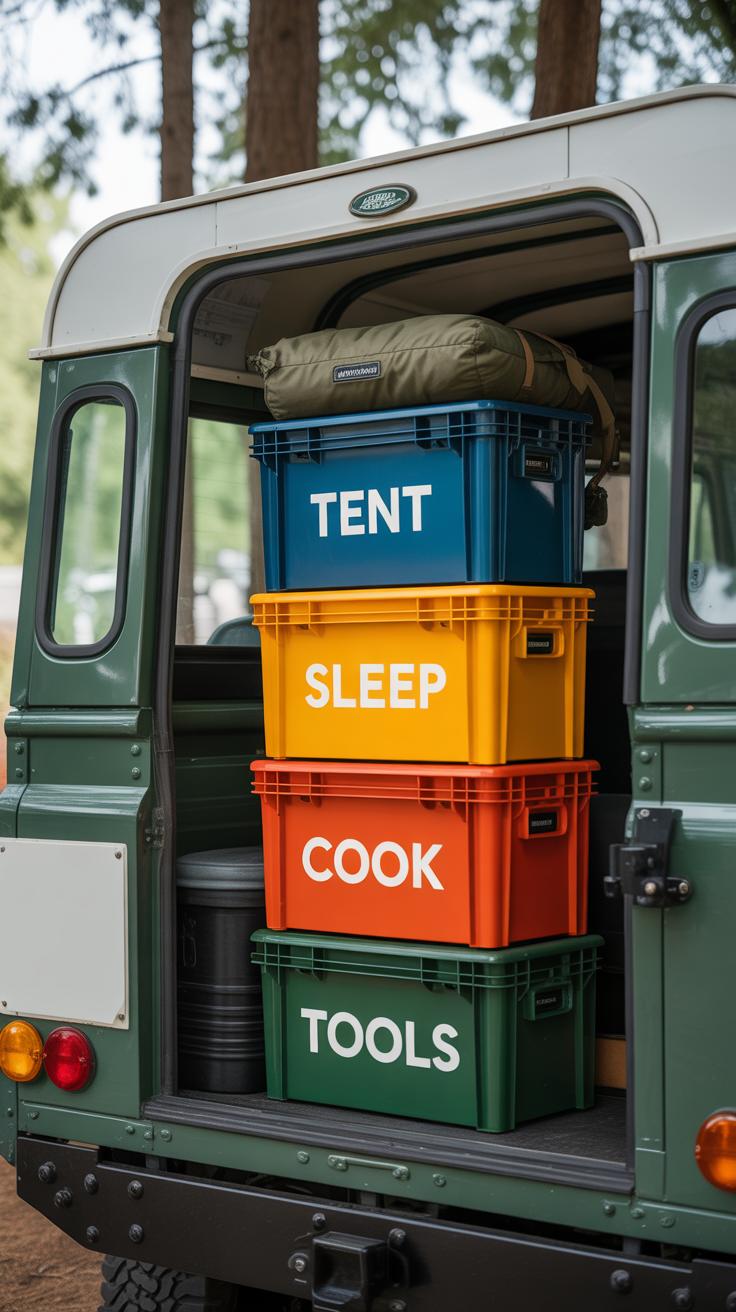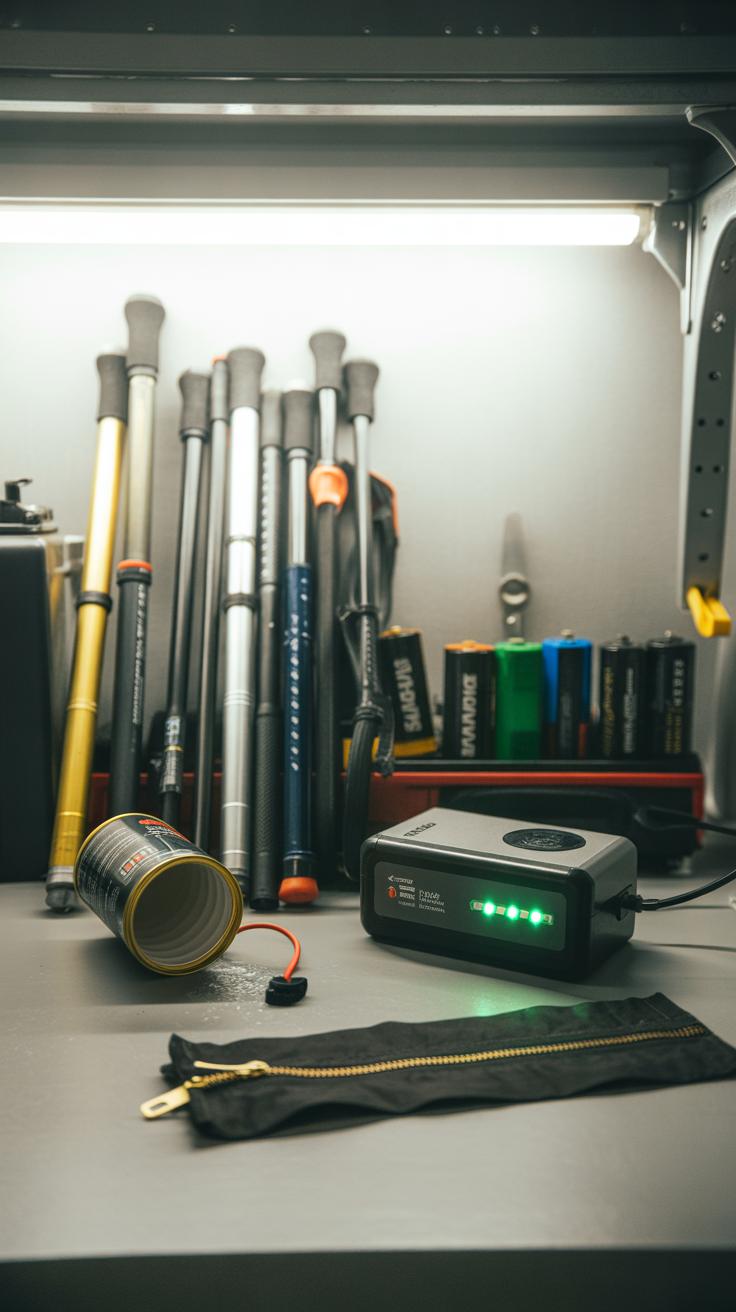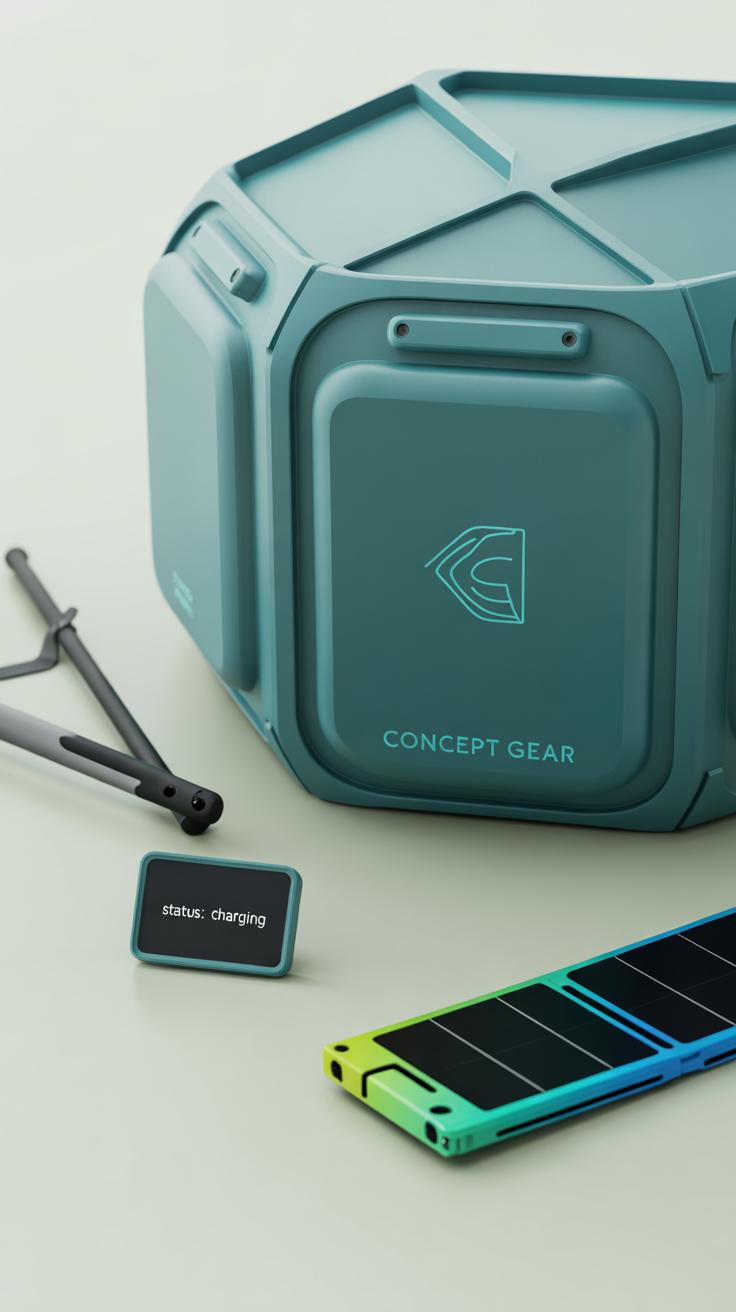Introduction
Camping is a fun way to enjoy nature and spend time outdoors. Setting up camp can sometimes be hard, especially if your gear is old or heavy. This article explores how you can make camping easier and faster using quick deploy tents and cordless tools. These are new types of gear designed to save your time and effort, making your outdoor experience more enjoyable.
Quick deploy tents allow you to set up your shelter in minutes without struggle. Cordless tools, on the other hand, help with many tasks like cutting wood or assembling equipment without needing power outlets. Together, they change how we prepare for and enjoy camping trips. Let’s look at how you can use them to improve your camping adventure.
Understanding The Benefits Of Quick Deploy Tents
Quick deploy tents stand apart from traditional tents with their setup speed and simplicity. Instead of wrestling with poles and confusing instructions, you usually just unfold or pop them open. This ease of use seriously cuts down setup time, something that many campers appreciate—especially after a long day on the trail.
Imagine arriving at your campsite, tired and ready to rest. A quick deploy tent might take just a couple of minutes, unlike traditional tents that might require 10 or more. That time saved can mean more moments to eat, relax, or simply enjoy the outdoors.
Besides speed, quick deploy tents offer convenience in various outdoor settings. Whether you’re car camping near your vehicle or hiking to a remote spot, being able to set up your shelter fast can change the experience. It’s less hassle, less frustration, and probably fewer mistakes during setup.
How Quick Deploy Tents Work
Most quick deploy tents rely on clever designs that fold or spring into shape. Usually, poles are attached to the tent fabric with flexible joints or hinges, allowing the whole structure to pop open easily.
Think of it like a collapsible umbrella opening up effortlessly. The materials are often lightweight yet sturdy—fiberglass or aluminum poles paired with weather-resistant nylon or polyester fabrics. Some tents use spring-loaded frames that pull the fabric taut without extra steps.
These design choices cut out many fiddly parts. You don’t have to thread poles through sleeves or connect many pieces. Instead, you pull, twist, or simply unfold, and the tent is ready within minutes—sometimes seconds.
Situations Where Quick Deploy Tents Are Most Useful
Quick deploy tents shine in scenarios where speed and ease really matter. For example, during a hike, you might want to set up camp as daylight fades. Rushing to pitch a traditional tent could be stressful and error-prone.
Car camping offers a different advantage: you can quickly set up to maximize leisure time or avoid bad weather. Having a shelter ready fast means fewer interruptions to your plans. Also, if the weather turns while you’re still arriving, quick deploy tents let you react promptly, minimizing exposure to rain or wind.
Even for casual weekend trips, the convenience of rapid setup might sway you to pack one. It’s less about saving minutes and more about scrapbooking a smoother experience—one with less fumbling and more focus on the outdoors.
Choosing The Right Quick Deploy Tent For Your Needs
Size And Capacity Considerations
Picking the right tent size feels trickier than it should, really. You want something that fits everyone comfortably without turning your campsite into a cramped mess. Think about your group size and the camping style you favor—are you mostly hiking light or setting up base camp? A two-person tent can feel roomy for solo trips, but too small if you’re bringing gear inside as well.
Often, people overestimate how much space they need. Bigger tents mean more weight and bulk, which can slow you down. If you’re unsure, lean slightly smaller but plan for a good vestibule or storage area. And remember, squishing into a smaller tent can be fine on short trips, but it gets old fast if you’re stuck inside during bad weather or just lounging around.
Material Quality And Durability
The material your tent is made of often decides how well it holds up. Look for waterproof fabrics—nylon with a good polyurethane or silicone coating is typical. If the tent can’t keep out rain, all the ease of deployment won’t matter much when you’re soaked inside and miserable. Also, check the poles. Aluminum poles usually balance strength and weight well, but fiberglass sticks can snap under stress.
I remember setting up a cheap tent once that claimed weather resistance but leaked the moment the skies opened. You learn quickly that savings on materials today often cost comfort tomorrow. Look for reinforced seams and sturdy zippers, too. These details might seem minor but can make or break your outdoor experience over time, especially if you camp seasonally or in rough conditions.
Cordless Tools And Their Role In Camping
Cordless tools have changed how people tackle outdoor tasks. When you’re out camping, things like chopping wood, assembling gear, or even minor repairs can be overwhelming. Traditional tools require more effort, and often, you end up carrying bulky equipment.
With cordless tools, you get more freedom. These gadgets run on batteries, no cords tangled around trees or your gear. They make setting up your campsite faster, especially when you need to secure poles or stake tents in tough soil.
Think of how much time you save with a cordless drill versus a manual screwdriver. Yet, they don’t fully replace manual skills—you still need to be ready for when the battery dies. But, generally, they reduce the physical strain and speed up processes that otherwise test your patience.
Types Of Cordless Tools Useful For Camping
Many cordless tools fit neatly into your camping kit. Here are some you might consider:
- Cordless drills: Great for quick assembly or repairs. They help with setting up tents or fixing equipment without struggling with screws.
- Cordless saws: They come in handy when chopping small branches or preparing firewood. A small reciprocating saw or jigsaw can be surprisingly practical.
- Portable LED lights: Running on battery power, they brighten your campsite and last longer than traditional flashlights.
- Cordless multi-tools: These combine several functions—screwdrivers, small saws, or blades—in one compact device, saving space and weight.
Not every camping trip requires all these tools, but having at least one or two can make challenging tasks less frustrating.
Power Sources And Battery Life
Most cordless tools use lithium-ion batteries. These batteries are light, hold charge well, and recharge faster than older types. Still, how you manage them matters during your trip.
Carrying spare batteries is a smart idea, especially for longer excursions. You can swap them out quickly without waiting for a full recharge, which might not always be possible outdoors.
Some campers use solar panels or portable power banks to recharge batteries on the go. But these solutions add to your pack weight and depend on weather or availability.
You could try to conserve battery by limiting tool use only to essential moments. This strategy sometimes means balancing convenience with practical power management, which isn’t always straightforward. So, maybe keep an eye on your battery levels early and often.
How To Use Cordless Tools Safely And Effectively
Using cordless tools outdoors can make camping tasks a lot easier, but safety can’t be overlooked. First, always wear gloves when handling any power tool. It’s surprising how a minor slip can cause a cut or worse, especially when you’re focusing on something else like setting up a tent or chopping kindling.
Keep tools away from curious kids. I’ve seen how quickly a child’s fascination can turn into a risky situation. Even when you think they understand not to touch, it’s best to store tools out of reach.
Hold your tools firmly, avoid loose clothing that could catch on moving parts, and never rush your work. It’s tempting to hurry outdoors, but a calm, controlled approach prevents mistakes.
Maintaining cordless tools in the wild requires some thought. Always charge your batteries fully before leaving—and don’t partially rely on quick top-ups, because batteries drain faster in cold or wet conditions.
After use, wipe dirt and debris off your tools. Even a little dust can clog up mechanisms over time. Protect them from rain or morning dew by packing a waterproof bag or wrapping them in a cloth. I once forgot this, and ended up with a tool that sputtered the next day—it was frustrating.
Would you consider keeping a small maintenance kit with you? A brush, some lubricant, and a charging cable could save your tools from early retirement in the middle of your trip.
Step By Step Guide To Setting Up Camp Quickly
Preparing Your Site
Start by scouting your campsite carefully. Look for a spot that’s flat enough—uneven ground can make sleeping miserable and tents unstable. You might have to settle for a place that’s not perfect but won’t flood if it rains. I usually spend a few minutes clearing away sticks, rocks, and any debris that could poke through the tent floor or get in the way.
Check the area for low branches or anything that might interfere with your tent’s setup. Sometimes it’s tempting to pick a shady spot, but if the ground’s cluttered or uneven, you might waste more time adjusting later. If you have a small hand rake or a trowel, it’s helpful to smooth out the soil a bit, just enough to give the tent a decent base.
At this stage, think about where you’ll arrange your cooking and gear. You don’t want those areas cramped or too close to your tent entrance. Preparing your site well at the start means fewer annoyances afterward, and that’s a win when you want to relax sooner.
Deploying The Tent And Organizing Gear
With quick deploy tents, the biggest advantage is speed. Once your site is set, unpack the tent and gently unfold it. The tent should pop open easily, but take a moment to make sure no poles are twisted or out of place. Then, stake it down firmly using cordless drills or screwdrivers fitted with the right bit—this cuts downtime drastically compared to manual hammering.
Next, clip or zip together the tent components according to the design. If your model has integrated poles, they often just snap into place. Cordless tools are handy here, especially for tightening fittings or setting up adjacent equipment like awnings or sunshades.
As you go, organize your gear nearby but not cluttered. Toolboxes, cooking supplies, and backpacks should be easy to access but out of the walking path. Using cordless tools to assemble gear racks or tables helps keep everything elevated off damp ground, which I find greatly improves comfort.
One tip I learned the hard way: keep frequently used items loosely packed and separate from bulk gear. This saves fumbling time, especially when night falls unexpectedly or rain threatens. So, can you trust yourself to resist diving into the backpack blindly? It’s a small habit that speeds up getting settled more than you might expect.
Practical Uses Of Cordless Tools During Camping
When you think of cordless tools at a campsite, it’s easy to limit them to just setting up tents. But they come in handy well beyond those first moments.
For example, cordless drills with mixing attachments can help with food prep tasks like stirring batter or even shredding cheese. I once used a small cordless blender attachment to whip up pancake batter quickly—it felt surprisingly convenient out in the wild.
Campfire building is another area where cordless tools surprise you. A cordless saw, for instance, can speed up cutting firewood, especially when you’re dealing with thick branches. It’s not just about chopping though—you can also use drills to help assemble lean-tos or firewood racks, making the campfire setup sturdier and safer.
Repairs around camp often pop up when least expected. I remember when a tent pole snapped on a windy night; a quick cordless screwdriver saved me from an awkward night trying to improvise. Tightening tent screws, fixing camping chairs, or adjusting gear racks become much less irritating when you have a couple of cordless tools at your disposal.
So, have you ever paused to consider how much time you might save—or how much stress you might avoid—simply by having the right cordless tool ready? They’re not just helpers for setup but little lifelines throughout your trip. It’s worth maybe thinking beyond the obvious next time you pack.
Packing And Transporting Your Camping Setup
Packing quick deploy tents and cordless tools needs some thought if you want the process to go smooth. Start with your tent—fold it as compactly as possible but avoid cramming it so tight that the fabric or poles get damaged. I usually wrap the tent body in its rainfly first, then bundle poles separately, ideally inside a padded sleeve or a protective bag.
When it comes to cordless tools, keeping batteries charged but out of harm’s way is key. Pack them in their original cases or something cushioned to prevent knocks and moisture. If you stack tools at the bottom of your bag or cooler, they’re more stable but watch out for crushing weight from other gear.
Think about the order for unpacking too. If setting up your tent is your first priority on arrival, keep its bag near the top or in an accessible spot. Tools can go beneath or beside it, depending on how often you’ll use them during the trip.
Organizing Camping Gear Efficiently
Space is always tight, so packing smart helps. Roll clothes and soft items like blankets to fill gaps around your tent and tools. For tents and poles, using stuff sacks with compression straps can shrink them down and keep parts organized. It feels a bit tedious, but these small steps save time when unpacking.
Tool storage is tricky because you want quick access without digging through a mess. I recommend a modular approach: keep batteries in one section, chargers in another, and frequently used attachments where you can grab them without emptying your whole pack. This way, you’re constantly a bit more organized, even if things aren’t perfect.
Transport Tips For Different Camping Types
Car camping offers more space and less weight pressure, so you can carry larger quick deploy tents and bulkier cordless tools without much stress. Just use larger bags or box containers for protection, and layering gear inside the vehicle can prevent shifting during the drive.
Backpacking and bike touring emphasize lightness and compactness. Here, smaller tents with fewer poles, lighter cordless tools, and multi-use gadgets make sense. Every extra ounce counts, so packing tightly and using gear that packs down small is crucial. You might sacrifice some convenience, but it pays off when you’re on the move.
Do you find yourself juggling too many options when packing? Maybe try preparing different gear setups ahead of time to see what feels easiest to carry and unpack. It’s not just about the gear itself but how it fits into your travel style.
Maintaining Your Camping Gear For Long Term Use
Caring For Quick Deploy Tents
Once your trip is over, tents need some attention. Dirt and moisture left unchecked invite mildew, which you really don’t want. Start by gently brushing away loose debris outdoors before unfolding it fully. Use a mild soap mixed with water and a soft cloth or sponge to clean any stains or spots. Avoid harsh detergents—they tend to break down fabric coatings over time.
If you notice small tears or holes, patching them quickly saves bigger headaches down the road. Many quick deploy tents come with repair kits. Apply the patch on clean, dry fabric, pressing firmly to seal. At times, you might hesitate—the patch might not last forever. Still, it’s better than leaving the tear bare. For stubborn damage, you may need professional repair, but minor fixes you can handle.
When it’s time to store, make sure the tent is completely dry. Folding damp fabric packs in moisture that encourages rot or mold. Store tents loosely folded or rolled inside a breathable bag, avoiding plastic bins that trap humidity. Find a cool, dark place—attics or garages get pretty warm or cold, which can damage materials over long periods.
Maintaining Batteries And Tools
Cordless tools are lifesavers at camp but neglect battery care, and they won’t be ready when you need them most. It’s good practice to fully charge batteries before storing and to avoid leaving them completely drained for extended times. Temperatures matter too: extreme heat or cold can degrade battery life, so storing them indoors or in a temperature-controlled spot helps.
After each trip, take a moment to wipe down your tools. Dirt and dust can clog vents or moving parts, reducing performance. Use a dry or slightly damp cloth; avoid getting water inside mechanisms. If you notice rust spots, a light application of oil may prevent further corrosion but don’t overdo it—it can attract more dirt.
Organizing your tools carefully—keeping chargers, batteries, and attachments together—means less fumbling later. While you might be tempted to stash things anywhere, a dedicated storage box or shelf can keep everything in good condition over time. Are you really going to remember which battery goes with what tool after a few months? Probably not, so this small effort pays off.
Future Trends In Camping Equipment
It’s hard not to get curious about what’s next for tents and tools. Imagine tents made from fabrics that clean themselves—no more stubborn mud stains or dust dragging you down after a long trip. These materials are also getting lighter but somehow tougher, so carrying your shelter won’t feel like a chore, yet it can handle more wear and tear. The idea sounds a bit futuristic, but some prototypes already exist and might soon be in stores.
On the cordless tools side, battery life is inching closer to what you’d expect from a plug-in device. Longer charge, more power, but the gear itself is shrinking. You might find drills or saws that weigh less than before, yet still tackle heavy-duty tasks. Imagine setting up camp faster because your tools can run longer and pack easy—less fumbling, less waiting around.
Still, there’s a question. Will these advancements come at a price that’s reasonable? Are these ultra-light tents as reliable in bad weather as they promise? These are things I think you’ll want to watch closely. Either way, they’re opening up new possibilities for campers who want to strike a balance between gear weight, durability, and ease of use.
Conclusions
Using quick deploy tents and cordless tools can make camping setup faster, easier, and less tiring. These advances bring convenience to your outdoor experience by reducing the hassle of traditional tent pitching and manual work. They let you spend more time relaxing and less time struggling with your gear.
When planning your next camping trip, consider investing in these tools. They help you be ready quickly so you can enjoy your time outdoors from start to finish. Think about how much more fun your trip will be with less setup stress. Your camping experience can be much better with the right gear.

